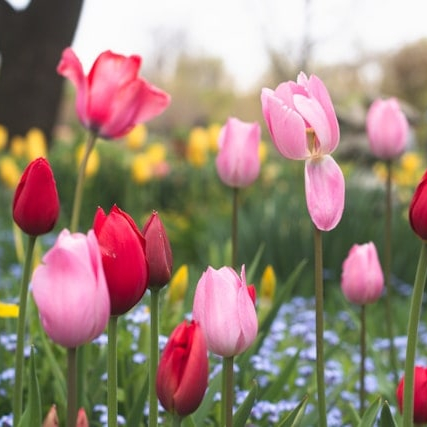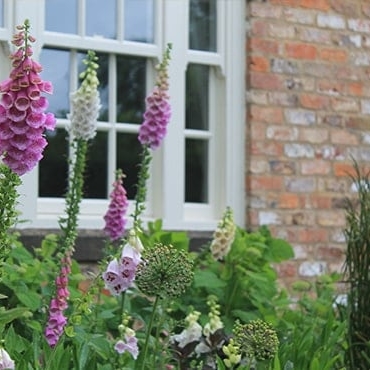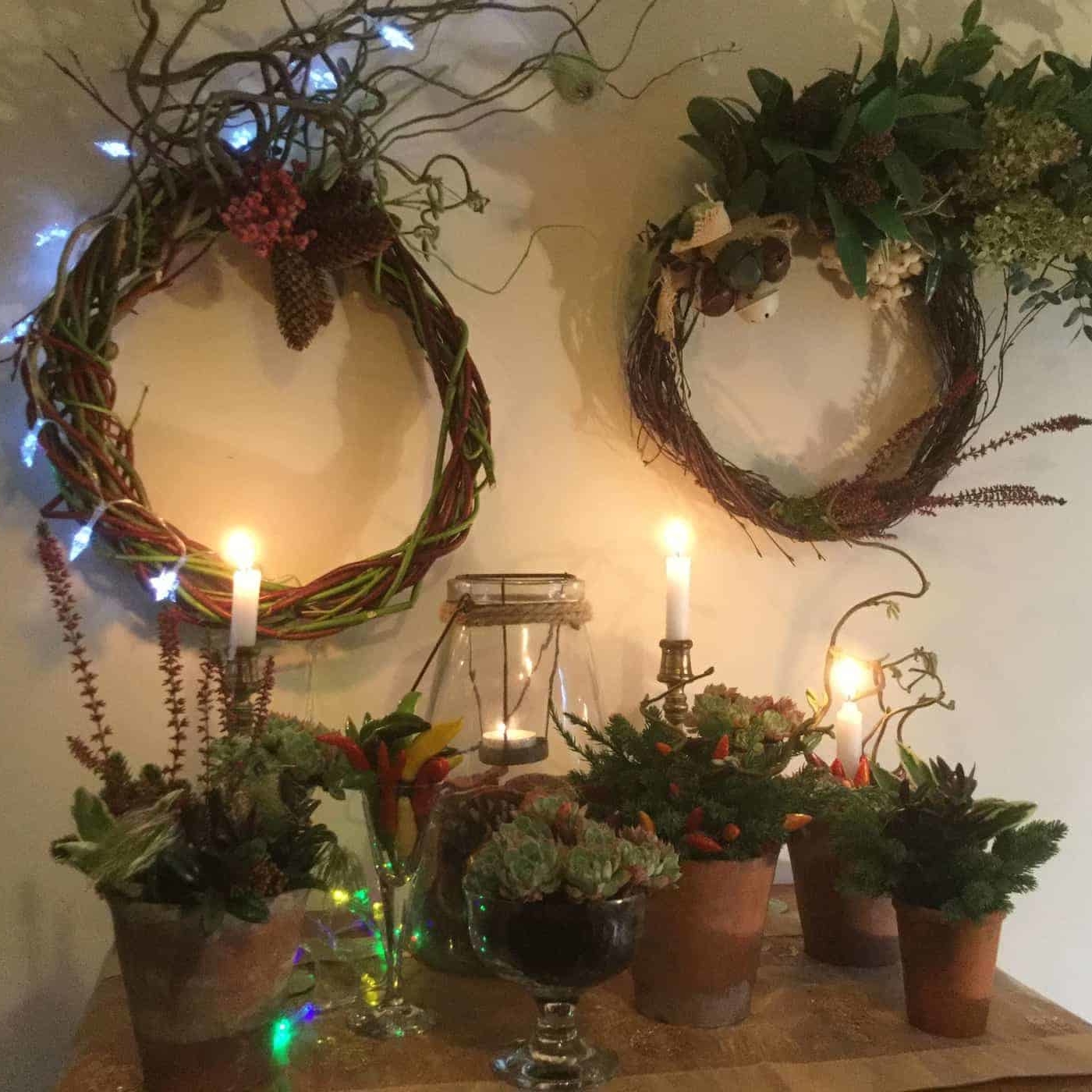The Best Plants for Attracting Bees Into Your Garden: The Ultimate Guide
Bees are essential pollinators, crucial for the health of our ecosystems and the production of our food. This guide aims to help you choose the best plants to attract bees to your garden, ensuring you create a thriving, bee-friendly habitat. By understanding which plants are most effective at attracting these vital insects, you can enhance the beauty and productivity of your garden while supporting bee populations.

Why Attract Bees to Your Garden?
Bees play a critical role in pollinating plants, which is essential for the reproduction of many food crops and wild plants. The importance of bees cannot be overstated, as they are responsible for pollinating about one-third of the food we eat. Research from the Food and Agriculture Organization (FAO) highlights that bees contribute to the production of 75% of leading global crops. Moreover, a healthy bee population is a key indicator of a healthy environment. Encouraging bees in your garden supports biodiversity and helps combat the decline in bee populations caused by habitat loss, pesticide use, and climate change.
What Are the Best Flowers for Attracting Bees?
Choosing the right flowers is essential to attract bees to your garden.
– Lavender: A favourite for bees, lavender’s fragrant purple flowers are rich in nectar.
– Bee Balm (Monarda): Vibrant blooms in shades of red, pink, and purple attract bees and other pollinators.
– Sunflowers: Bright and bold, sunflowers provide both nectar and pollen.
– Echinacea (Coneflower): Long-lasting blooms that are a magnet for bees.
– Borage: Star-shaped blue flowers that continuously bloom throughout the growing season.
How Can I Create a Bee-Friendly Garden?
Creating a bee-friendly garden involves more than just selecting the right plants.
– Diverse Planting: Include a variety of plants that bloom at different times to provide a consistent food source.
– Native Plants: Choose native species that local bees are adapted to. Examples include foxglove, bluebell, and clover.
– Avoid Pesticides: Chemicals can harm bees. Opt for organic gardening practices.
– Provide Water: Bees need water to drink. Place shallow dishes of water with pebbles for them to land on.
– Shelter and Nesting Sites: Leave some areas of bare ground for ground-nesting bees and consider installing bee hotels.
What Are Some Native Plants That Attract Bees?
Native plants are particularly effective at attracting local bee populations.
– Common Hawthorn (Crataegus monogyna): A native shrub with white flowers that bees love.
– English Bluebell (Hyacinthoides non-scripta): Spring blooms that are a rich nectar source.
– Foxglove (Digitalis purpurea): Tall spikes of tubular flowers that are perfect for bees.
– Clover (Trifolium): A low-growing plant with nectar-rich flowers.
– Cornflower (Centaurea cyanus): Bright blue flowers that attract a variety of pollinators.
How Do I Maintain a Bee-Friendly Garden?
Maintaining a bee-friendly garden ensures it continues to attract and support bees.
– Regular Monitoring: Check plants for pests and diseases to keep them healthy.
– Sustainable Practices: Use compost and organic fertilizers to nourish plants naturally.
– Seasonal Care: Prune plants appropriately to encourage new growth and prolong blooming periods.
– Refresh Plantings: Add new plants each season to provide continuous blooms.
– Avoid Over-Tidying: Allow some leaf litter and dead wood to remain, providing habitat and nesting materials.
What Are the Benefits of Having Bees in My Garden?
Encouraging bees in your garden offers numerous benefits.
– Enhanced Pollination: Better pollination leads to higher yields of fruits, vegetables, and flowers.
– Biodiversity Boost: Bees help support a wide range of plant and animal species.
– Environmental Health: Healthy bee populations indicate a balanced ecosystem.
– Aesthetic Appeal: A garden buzzing with bees is vibrant and full of life.
– Educational Opportunities: Observing bees provides a chance to learn about ecology and the importance of pollinators.
One inspiring example is a community garden in Manchester that transformed an unused lot into a thriving bee habitat. By planting a mix of native wildflowers, installing bee hotels, and adopting organic gardening practices, the garden has seen a significant increase in bee activity. Another example is a small urban garden in Leeds where the homeowner planted lavender, sunflowers, and clover, creating a bee haven in a limited space.
Encouraging Interaction
What plants have you found most effective at attracting bees to your garden? Share your experiences and tips in the comments below! For more inspiration, check out our article on creating a low-maintenance garden.
Key Takeaways
– Bees are essential pollinators, crucial for plant reproduction and biodiversity.
– Selecting the right flowers, especially native plants, is key to attracting bees.
– Creating and maintaining a bee-friendly garden involves diverse planting, avoiding chemicals, and providing water and shelter.
– Benefits of having bees include enhanced pollination, increased biodiversity, and a healthier environment.
By choosing the right plants and adopting bee-friendly practices, you can transform your garden into a buzzing sanctuary that supports these vital pollinators. Every flower you plant and every bee you attract contributes to the health of our ecosystems. Let’s create gardens that are not only beautiful but also beneficial for bees.
Ready to attract more bees to your garden? Visit our website for more tips and plant suggestions. Don’t forget to read our guide on how to design a bee-friendly garden. (coming soon) Why not check out our Instagram page too?
Article created July 2024.
Lee Bestall
Founder & Design Director at Bestall & Co Landscape Design, a practice recognised as one of the best garden design companies in the North & Midlands of England. Lee's objective in life is to facilitate the design and build of fabulous gardens and sculpt beautiful landscapes which enhance the natural beauty of the world, as well as transforming the world his clients live in. "My personal mission is to design my own park or village based around a central courtyard garden. My goal in business is to create a nationwide design consultancy which can support my dream." Read more >> or Connect with Lee on LinkedIn >>



